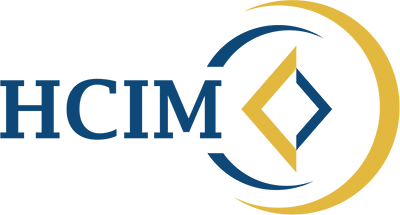With the high turnover rate in healthcare claims departments and the amount of time it takes to fully train new hires, you need quality documentation custom-tailored to your unique business rules, workflows, and organizational structure. This will allow you to bring staff up to speed quickly and to maintain consistent standards throughout all departments, ensuring the proper application of business rules and a streamlined process that makes the most of your software across your entire organization.
Suggested Documentation
Training Manuals
Your organization must provide vital training to all incoming employees that will orient them on the company’s software and business processes. These training manuals can be written either for a trainer to use when teaching new hires or in a self-learning format.
User Manuals
User manuals provide a step-by-step guide for employees to complete the business processes assigned within their department. A user guide is essential for producing a consistent outcome, reducing the need for questions regarding the correct procedure, and to provide standards in the company’s auditing process. Additionally, if a loss of knowledge occurred within your organization due to employee separation or a leave of absence, the user manual would be available to keep a documented record for new staff.
Advantages of Documentation
Your organization’s documentation should be written on a company level, a cross-functional level, and an individual team level, which would document workflows within each specific department and capture business processes across all business units. This is essential to increase the written and verbal communications between departments and to support the employee’s ability to maintain high standards.
Organizations typically implement several software applications to support all their business processes, which can include a core administration system, care management solution, claim audit tool, cost containment software, reporting tool, etc. Creating customized documentation will allow your company to document a business process from beginning to end, through various departments, and across multiple software applications. Documenting these business processes will also help you find errors and gaps within your current workflows, so they can be remedied.
Generic user guides document all available functionality of a software application and can include more information than the user needs to complete their task. Custom user manuals contain only the necessary information and go far deeper into the process and workflows than a vendor-provided user guide would.
Proper documentation of all workflows will minimize the need to reprocess claims, authorizations, checks, etc. It will also improve regulatory outcomes and facilitate better inter-departmental communications. The company-wide benefits will generally provide a significant return on investment.
Tip: All documentation should be stored in a library on a shared drive such as SharePoint or OneDrive. The filenames should include dates and version numbers to verify that the most current revisions are being applied.


